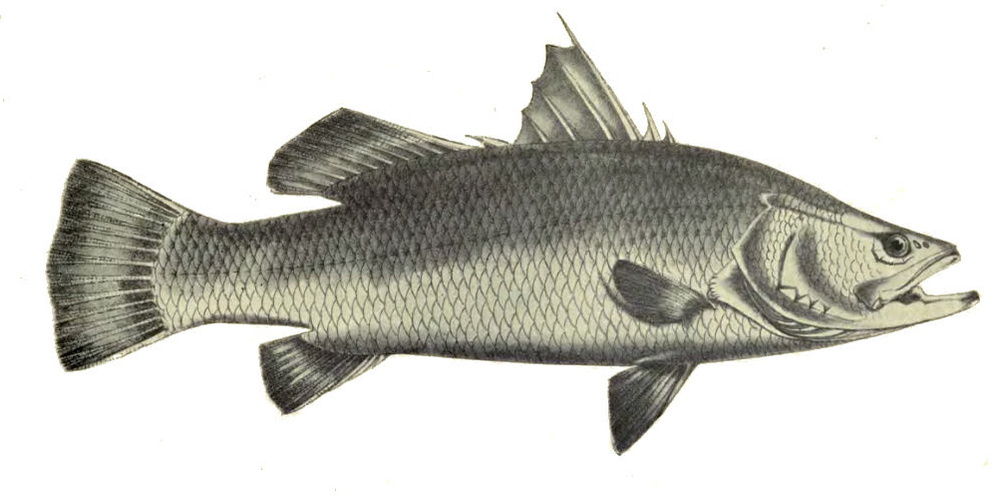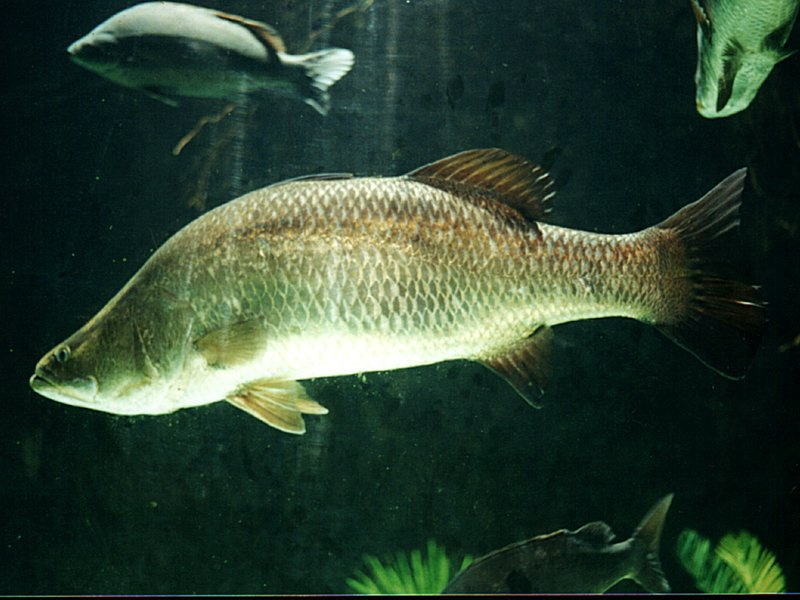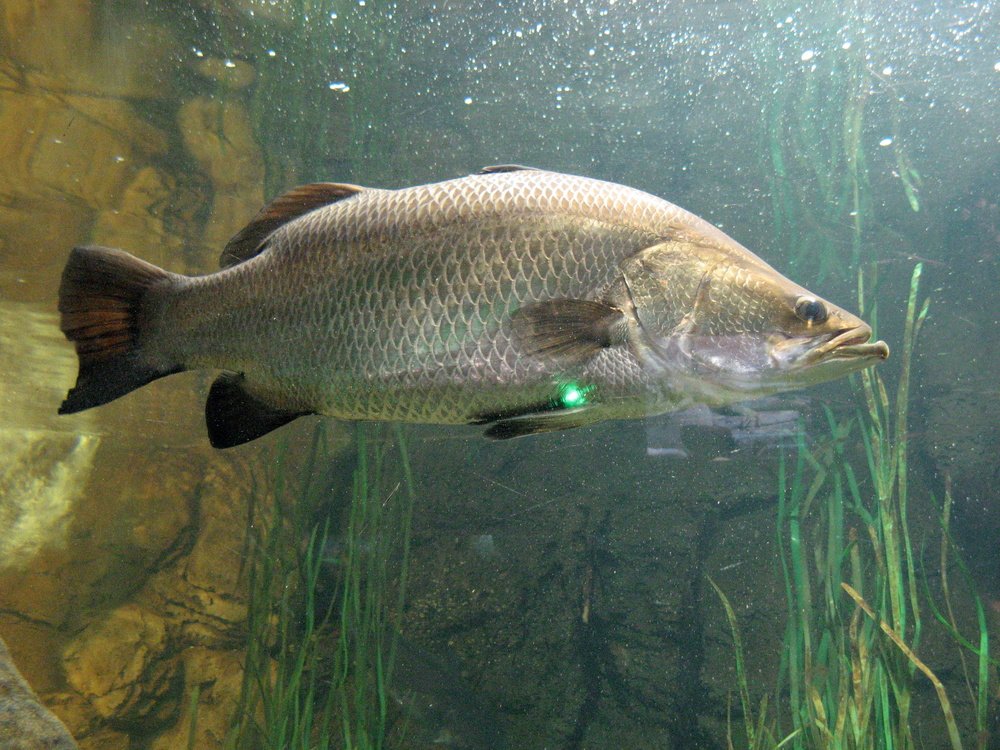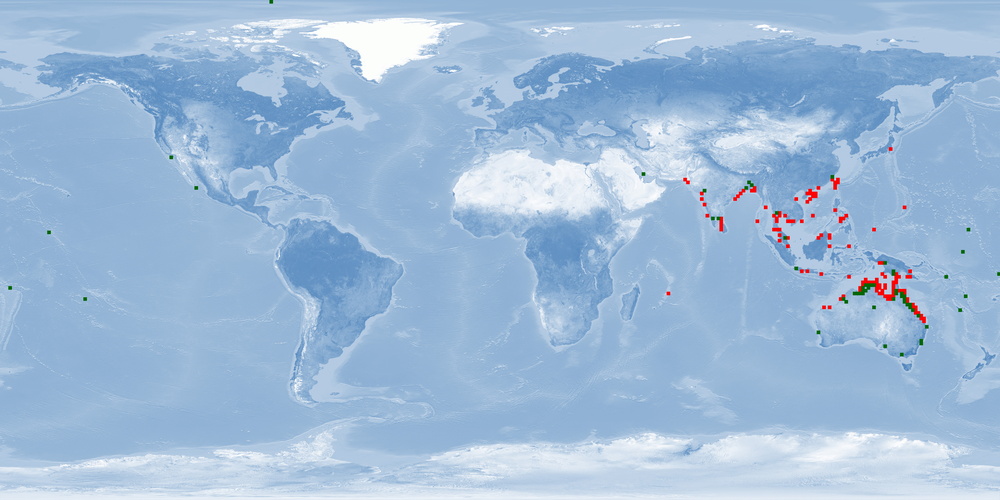Farming remarks
Lates calcarifer is an important coastal, estuarine, and freshwater fish in the Indo-Pacific region. Aquaculture of this species began in the 1970s in Thailand and rapidly spread throughout much of Southeast Asia. Its delicately flavoured meat, fast growth rate, large size, and easy breeding in captivity make it a very attractive species for aquaculture. However, in general, the current available rearing techniques need to be optimised for improving fish welfare as demonstrated in almost all the criteria below. Some limitations of this species have already been identified, such as cannibalism in early life stages that may be improved by using rearing systems with low light intensity and refuges. Further research is needed to identify possible long-term effects on welfare. Stress by pre-slaughter and slaughter method can be avoided using a rested harvest technique. Future research and developmental work should therefore be directed towards resolving some of these welfare limitations.
For details see: WelfareCheck | farm











